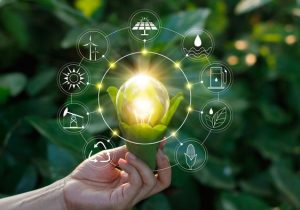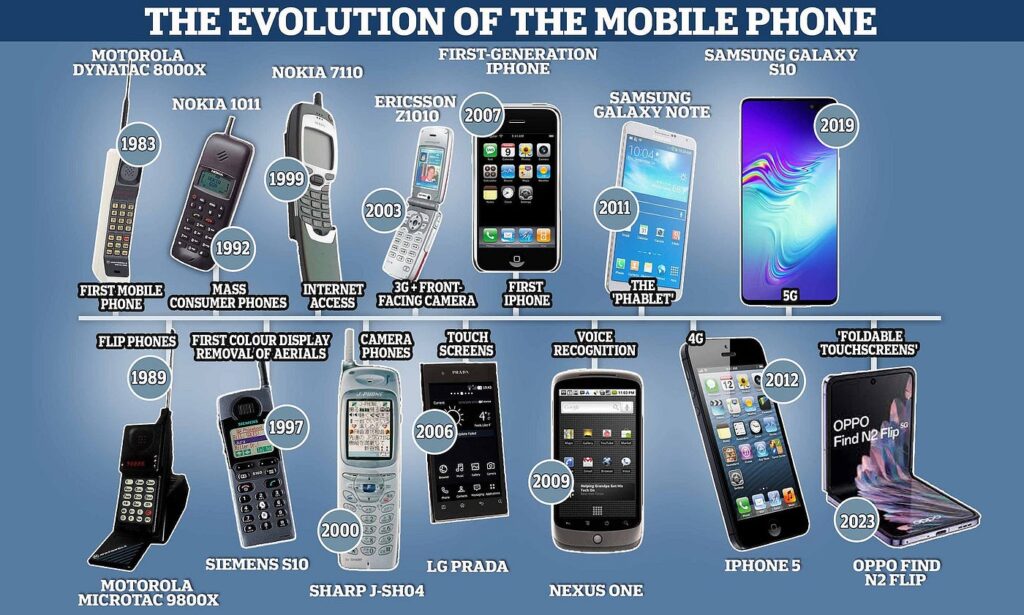In 2025, the intersection of technology and environmental sustainability is more crucial than ever. Green technology—or green tech—is transforming industries, reducing carbon footprints, and creating innovative solutions to combat climate change. From renewable energy to smart homes, green tech is not just a trend; it’s a global necessity.
This article explores the latest green tech innovations, how they are helping the planet, and how you can leverage them in your daily life.

What Is Green Technology?
Green technology refers to innovations that reduce environmental harm, conserve natural resources, and promote sustainability. It spans multiple sectors: energy, transportation, agriculture, manufacturing, and consumer products.
Key Goals of Green Tech:
-
Reduce greenhouse gas emissions.
-
Minimize pollution and waste.
-
Promote energy efficiency.
-
Encourage renewable energy adoption.
-
Improve sustainable resource management.
Top Green Tech Innovations in 2025
1. Renewable Energy Technologies
-
Solar Panels: Highly efficient, lightweight, and affordable panels are now powering homes, businesses, and even vehicles.
-
Wind Turbines: Offshore and vertical-axis turbines are capturing more energy with minimal land use.
-
Hydropower & Wave Energy: New technologies are harnessing water flows to generate clean electricity.
Impact: Renewable energy reduces dependency on fossil fuels, cutting carbon emissions.
2. Electric and Hydrogen-Powered Vehicles
-
Electric Vehicles (EVs): Tesla, Nissan, and other brands continue to innovate with longer battery life and faster charging.
-
Hydrogen Fuel Cells: Emerging as a zero-emission alternative for heavy transport and industry.
-
EV Charging Networks: Expanded infrastructure makes EV adoption easier than ever.
Impact: Cleaner transportation reduces air pollution and urban smog.
3. Smart Homes and Buildings
-
IoT-Enabled Energy Management: Smart thermostats, lighting, and appliances reduce energy waste.
-
Green Roofs & Solar Windows: Buildings now produce energy while improving insulation.
-
Water Recycling Systems: Capture and reuse water efficiently.
Impact: Smart buildings reduce energy consumption, lower utility bills, and minimize environmental impact.
4. Sustainable Agriculture Technologies
-
Precision Farming: Drones and sensors monitor soil, crops, and weather for efficient resource use.
-
Vertical Farming: Indoor farms reduce land use and transportation emissions.
-
Biodegradable Fertilizers: Eco-friendly alternatives reduce soil and water pollution.
Impact: Sustainable farming produces more food with less environmental damage.
5. Carbon Capture and Storage (CCS)
-
Technologies are now capturing CO2 from industrial plants and even the atmosphere.
-
Captured carbon can be stored underground or converted into fuels and construction materials.
Impact: Helps reduce greenhouse gases in industries where emissions are hard to eliminate.
6. Waste Management and Recycling Innovations
-
Smart Waste Sorting: AI-powered systems improve recycling efficiency.
-
Plastic-to-Fuel Technologies: Converting non-recyclable plastics into usable fuel.
-
Circular Economy Platforms: Encourage businesses to reuse materials instead of disposing of them.
Impact: Reduces landfill waste and promotes sustainable consumption.
7. Green AI and Sustainable Computing
-
AI is optimizing energy grids, traffic, and industrial processes for efficiency.
-
Data centers are now using renewable energy and AI-driven cooling systems.
Impact: Reduces energy consumption in technology and industrial sectors.
How Individuals Can Embrace Green Tech
-
Adopt Renewable Energy: Install solar panels or choose green energy providers.
-
Switch to EVs or Hybrid Vehicles: Reduce personal transportation emissions.
-
Use Smart Devices: Energy-efficient appliances save electricity and reduce bills.
-
Practice Sustainable Living: Reduce waste, recycle, and opt for eco-friendly products.
-
Support Green Companies: Choose brands committed to sustainability.
The Future of Green Technology
The future is bright for green tech:
-
AI and IoT will further optimize energy usage.
-
New battery technologies will make renewable energy storage cheaper and more efficient.
-
Governments and businesses are investing in carbon-neutral solutions, pushing innovation globally.
By 2030, experts predict a significant drop in global emissions thanks to widespread adoption of green tech.
Final Thoughts
Green technology is no longer a niche sector — it’s a global movement driving sustainable change. From renewable energy and electric vehicles to smart homes and AI-powered systems, technology is helping humanity reduce its environmental footprint.
Embracing green tech, whether as an individual, business, or government, is essential for a healthier planet, cleaner air, and sustainable future.
By staying informed and adopting green innovations, we all play a role in saving the planet while benefiting from technological advancement.


